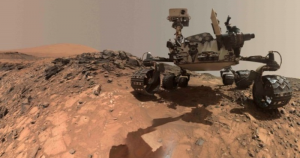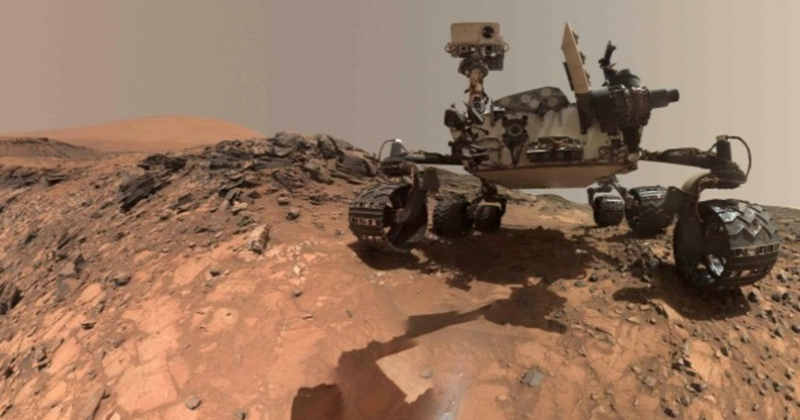
NASA: Curiosity Rover Measures Seasonal Patterns In Mars Atmosphere
NASA scientists and other including Indian-origin, have found that the atmosphere in Mars is clear in winter, dustier in spring and summer and then windy in autumn. The scientists from NASA say that Mars rover has completed two Martian years since landing inside Gale Crater four years ago recorded environmental patterns for two Martian seasons.
These repetitions helped to find the seasonal effects from sporadic events. As they said, with an example a large spike in methane in the local atmosphere which is found in the first southern hemisphere autumn and not repeated in the second autumn.

“Curiosity’s weather station has made measurements nearly every hour of every day, more than 34 million so far,” said Curiosity Project Scientist Ashwin Vasavada of NASA’s Jet Propulsion Laboratory in California.
“The duration is important because it is the second time through the seasons that lets us see repeated patterns,” he said.
However, the Rover`s measurements suggest many subtle changes in background methane concentration amounts which are less than the spike that follows the seasonal pattern. The temperature, pressure, ultraviolet light reaching the surface and water vapour in the air at Gale Crater show repeated seasonal changes.
“Mars is much drier than our planet, and in particular, Gale Crater, near the equator, is a very dry place on Mars,” said German Martinez from the University of Michigan.
“The water vapour content is a thousand to 10 thousand times less than on Earth,” said Martinez.
The time taken by the Red Planet to orbit the sun once is a Martian year which lasts 6 Earth days. On August 5, 2012, the Curiosity landed. On May 11 it began its third Martian year during the mission`s `,337th Martian day.